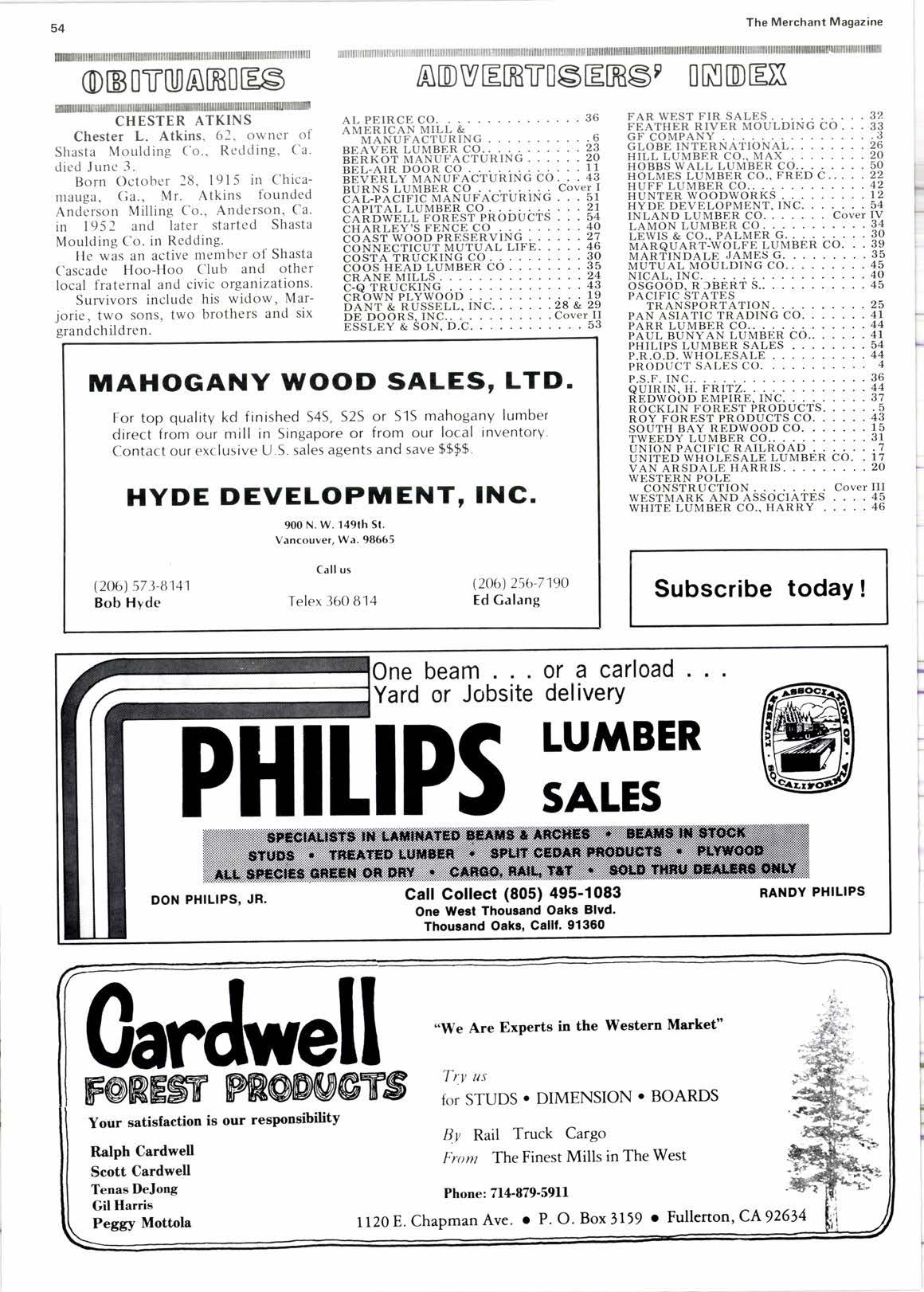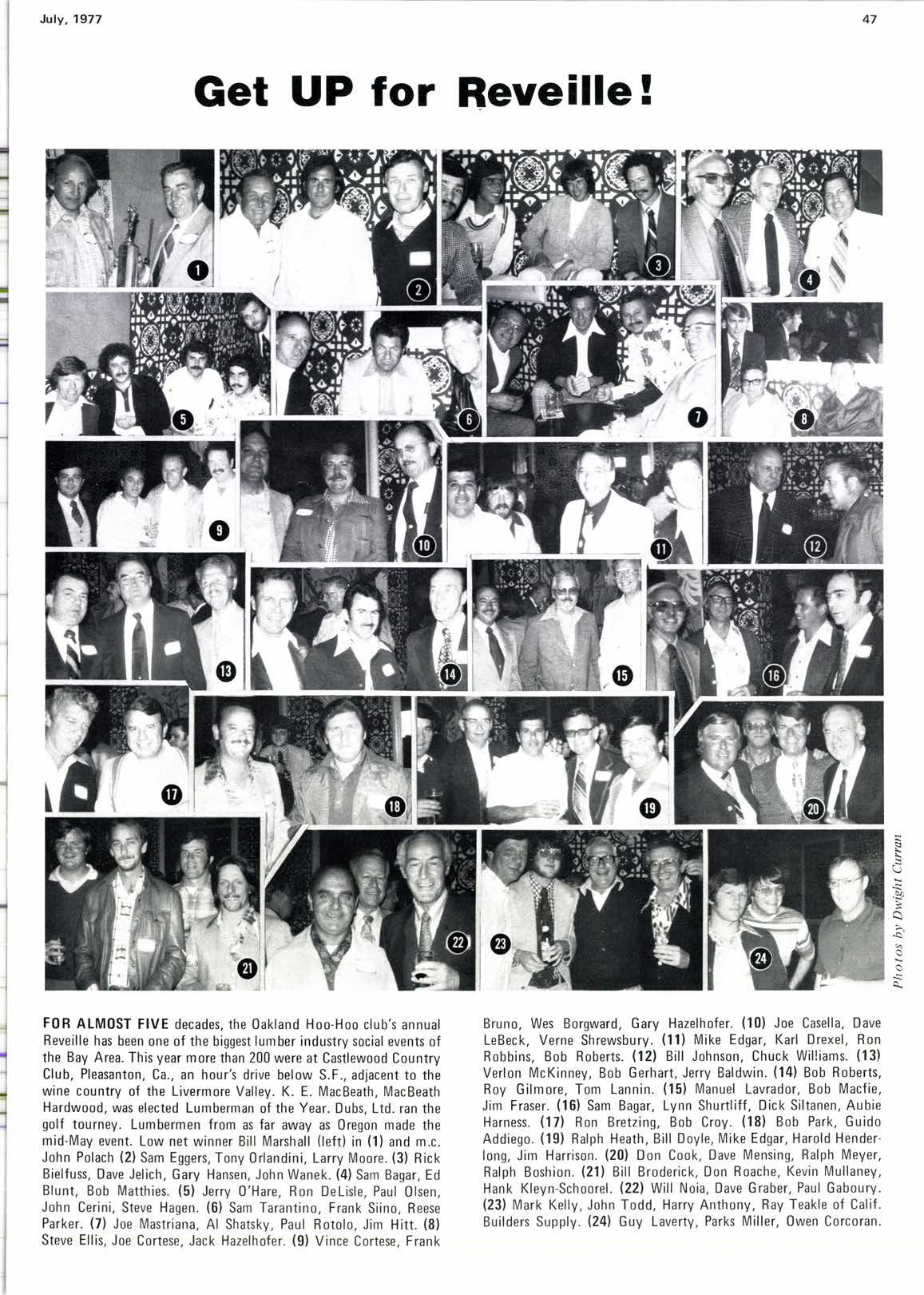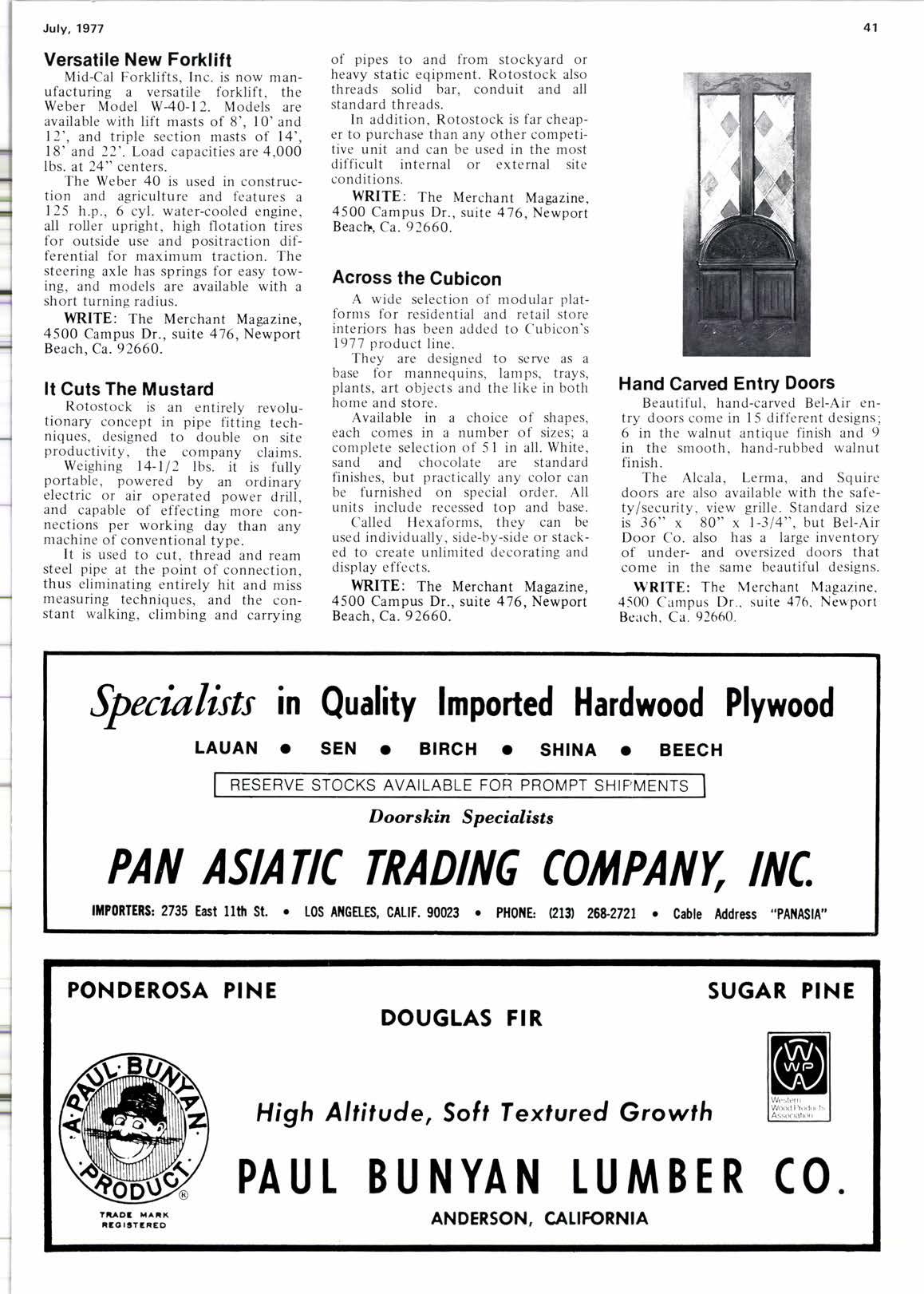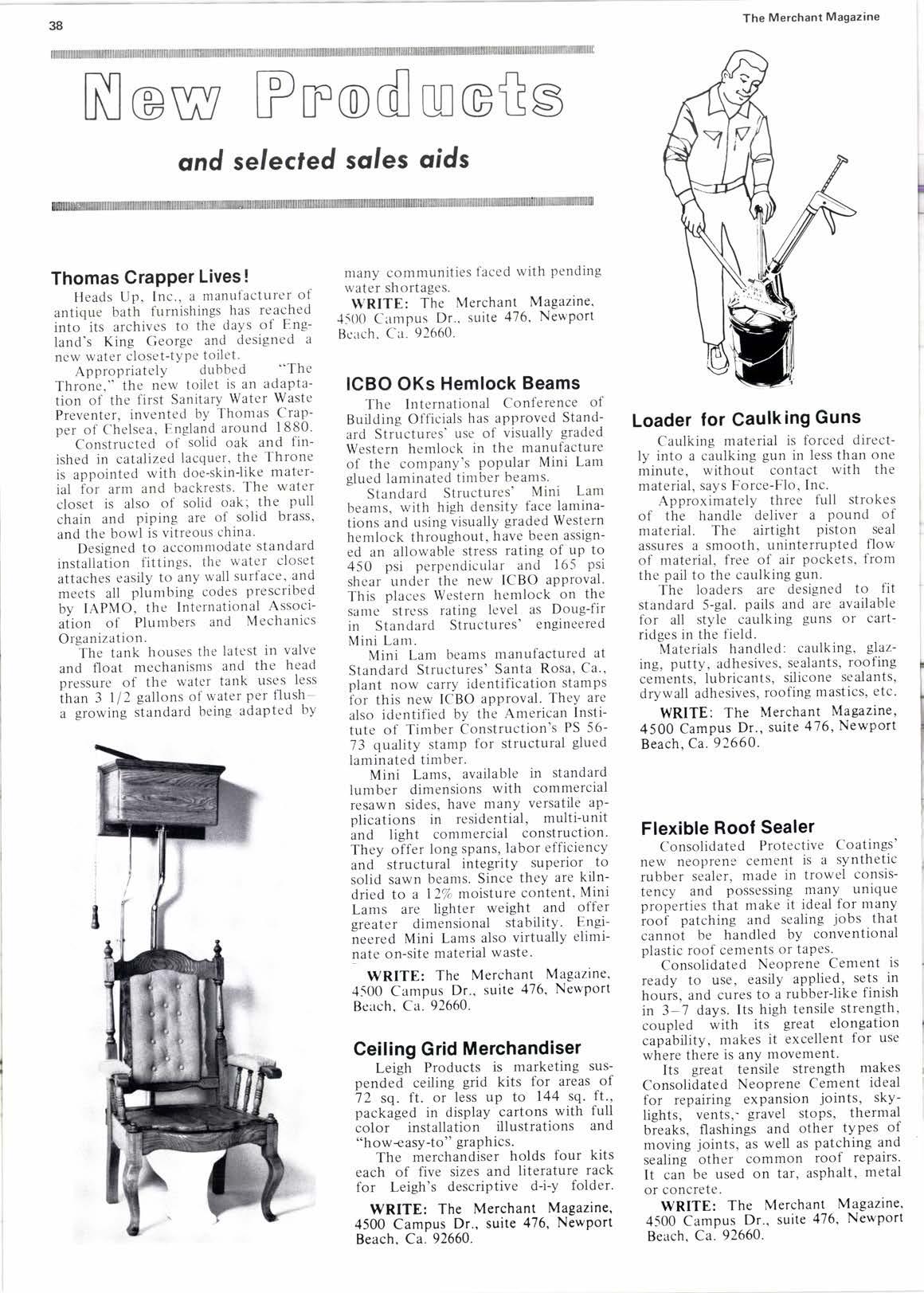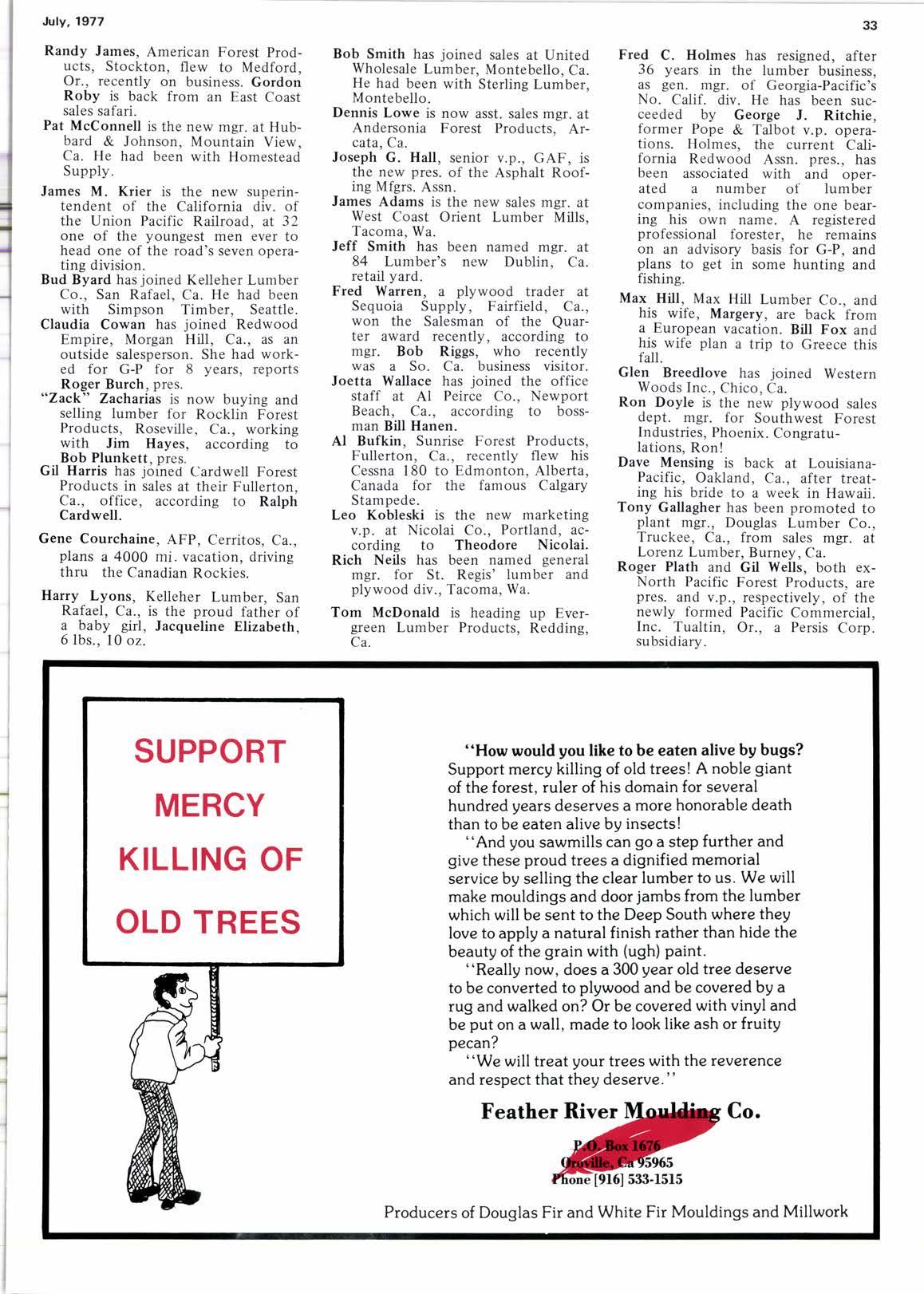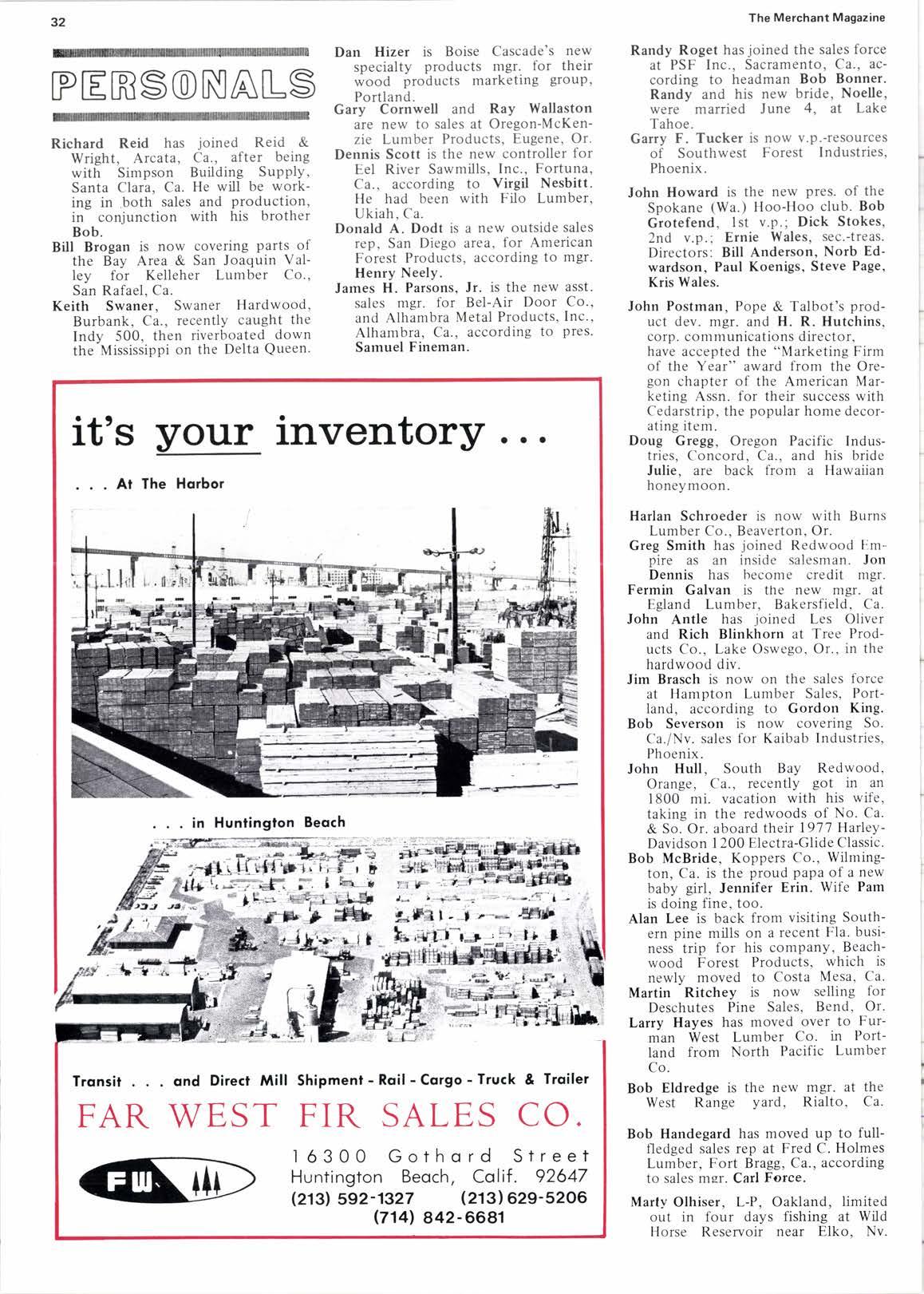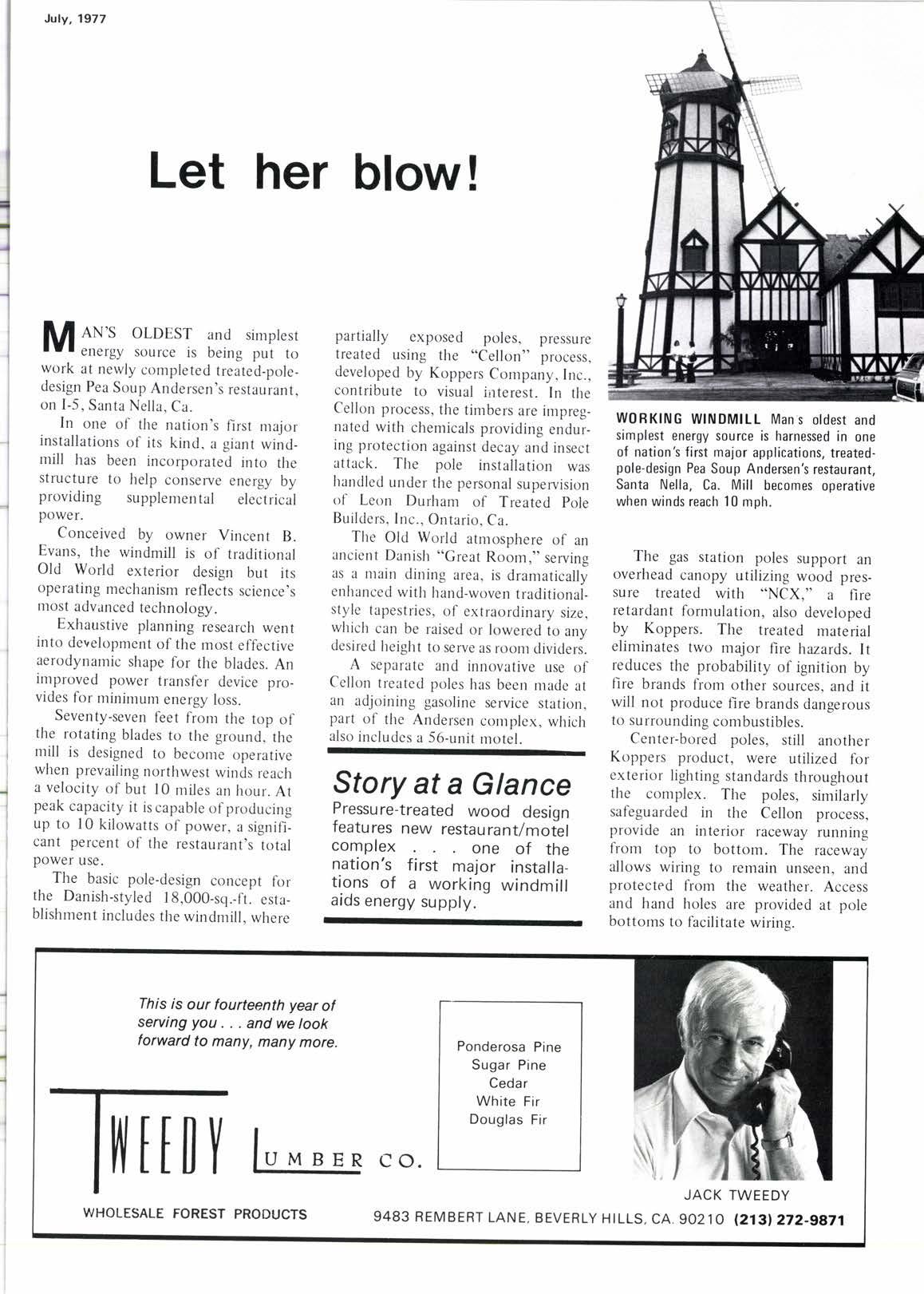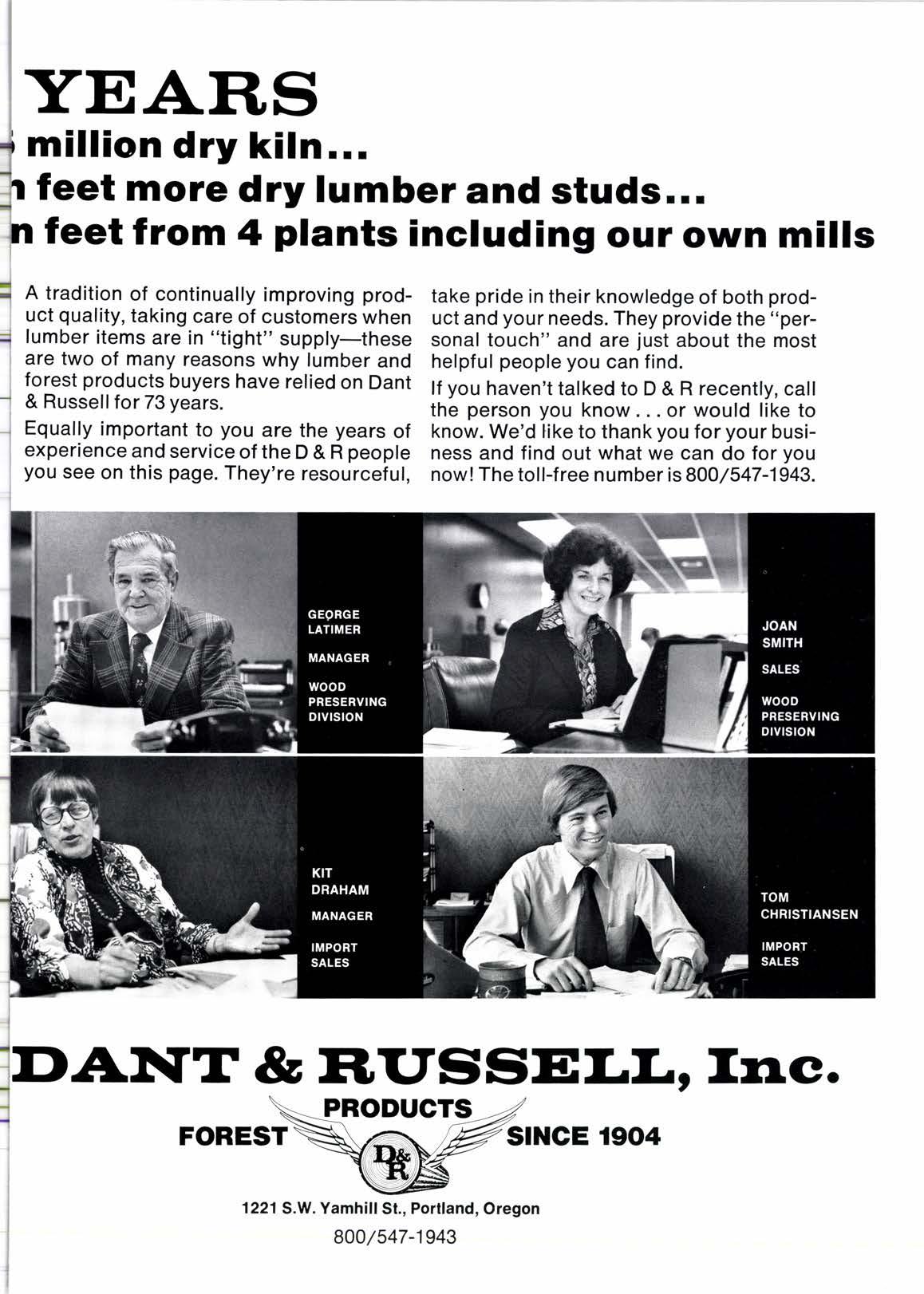
5 minute read
&'.,
By CHUCK l-lNK executive director
f,lugnuson-Moss Warrantv Act
f ! I Reminder: Since Januarv 1
1977 dealers should have been in compliance with this act with respect to sales in the store. As you know, the regulations affect any sale or offers for sale where a written warranty on the product is involved, if it is a consumer product sold to a consumer for his oersonal, family or household purpoies.
The Act, as of May l, 1977, rtow applies to tltose products incorporated in New llontes-
Dealers who are also builders should be aware of the effective date of this act. If the builder sells from a model home, then it is necessary to keep a book of all such written warrantres at the model. Or the builder can display the warranty on the warranted product - such as taping the refrigerator warranty to the refrigerator.
Those who don't use a model should have the warranties available at the office where thev usuallv conduct business. Manufacturers ihould supply the builder with correctly worded copies of the warranties.
OSHA on "Nitpicking": Secretary of Labor and OSHA Administrator Eula Bingham have announced their proposal for a new government drive to crack down on major occupational health and safety hazards instead of "nitpicking" small businesses with "Mickey Mouse" regulations.
Quoting Labor Secty. Marshall, "There will be no more petty regulations like those dealing with coat hooks in bathrooms We're going to stop the absurd practice of printing 15 pages of regulations, in small
Monlonq Building Moleriol Deolers Asrociotionr.z-1
type, on the safety of ladders ." Marshall called the proposal a "new era" and said that industry had criticized OSHA for harassing businesses with trifling but burdensome safety rules, and organized labor has accused OSHA of ignoring serious health hazards.
Key elements of the new policy includes: ( I ) Devoting 95% of OSHA's inspections, instead of the current 8085%, to such high-risk industries as construction, manufacturing, transportation and petrochemicals. (2) Substantially reducing inspections of small businesses engaged in less dangerous work, although auto repair shops, dry cleaners, buildittg material stores and other more hazardous small businesses will face increased inspection. (3) Stressing development of health regulations for broad categories of potentially deadly dangers, such as cancer-causing substances, rather than detailed prescriptions for individual job risks-epitomized by OSHA's 35 pages of rules on the design of "Exit" signs. (4) Simplity- ing regulations that are "needlessly detailed, complicated or unclear" and eliminating others that are outdated or unnecessary.
.|rHERE
ByPETERSEN
executive secretary
ARE those certain mem-
I bers of Congress who apparently are convinced that all Montana is a glorified wilderness and by that reasoning are intent on perpetuating the state as sucn.
At least, if one gives credence to the varied proposals for augmenting existing, designated "wilderness areas" by addition of still more thousands of acres, the State of Montana could, in truth, approach a true wilderness designation.
Of natural concern to the lumber industry is the extent to which essential forest timberlands have been reduced by withdrawal to wilderness classification. Add the thousands of acres in a half dozen already-designated areas to the nearly one million acres of the Bob Marshall Wilderness and you arrive at I,800,000 acres of timberland which have been seouestered.
Now facing Congressional study for wilderness classification are two areas (Great Bear and Elkhorn) which would add another half million acres. Still further, additional acreage is proposed under the Montana Wilderness Study Act (974,000) and under the Endangered American Wilderness Act
(117,000), plus a million and a third acres proposed in thirty-four other areas. When the addition is accomplished, a grand total of 4.7 million acres could become classified as wilderness.
Those acres have the capability of signilicant production of timber, the renewal resource, which will be lost to the state and its economy. Montana's available timberlands now pro- vide employment for -more than 10,000 people who earn some $80 million. In an area of limited population, that is a lot of jobs and a big contribution to the gross product of the area. But loss of such jobs and income will not help support the idle wilderness areas. So it seems the essential question is "How much wilderness can Montana afford?"
13 hardworking acres, specializing in mouldings, upper grades in softwoods, imported and domestic hardwoods. Complete milling and kiln drying facilities. RR spur.
EDuo SPENCER, LMA president
!llust year. visited several associatron member yards. It is my intent to fotlow with this policy and visit with as many of you as possible. It will give me an opportunity to learn of Your problems first hand and to discuss our industry affairs with you. This program has been widely accepted by the dealers during the past year and is well worth the time and effort expended.
It is not practical to call each of you first to indicate we will visit with you at a given time on a given day. Field visits are not that easy to set up. We hope that you will understand this and welcome us when we drop by to say hello.
We will attempt to let you know through the newsletter what areas we will be in during a given week. Should you want to insure that I stop by to visit with you please advise the association office and they will place you on the schedule.
The visit with you will hopefully update you on legislative issues at the state and federal levels. We will attempt to inform you on the business activity throughout the state, the programs that are available through the association and request you advise us of your problems and if the association might better serve you.
The association committees and staff are established to serve you. We attempt to anticipate your needs. We attenrpt to forecast at least a year ahead and try to establish programs, reports, training seminars and policies that will meet the anticipated needs. The only way we have of knowing whether these programs meet your needs is through your report to us.
The association represents a wide variety of operations from the small to the large; from single owner to corporation. Each has a slightly different need. LMA attempts to establish programs that will be beneficial to all but we must also establish programs that meet the specific needs of each individual. We must be of service to all.
Pacif ic SoutheastChanges
Pacific Southeast Forest Products, as part of a major reorganization, has closed its Alabama sales office, moved company headquarters to Fair Oaks (Sacramento), Ca., purchased Diamond Springs Moulding Co. of Diamond Springs, Ca. and has dropped that name to sell its output under the Pacific Southeast name.

As wholesalers and manufacturers, Pacific Southeast is selling pine and fir lineal and finger joint mouldings and a wide variety of millwork. Sales are through jobbers in the U.S. and Canada with the bulk of their sales presently in the Eastern half of the U.S. Their manufacturins facilities are located in California.
Officers of the company are Wesley Crane, president; Dick Scheuble and Dick Dunbar, vice presidents and operating officers; Donald Crane is secretary-treasurer, Scheuble and Dunbar were formerly with Eagle Forest Products, plant manager John Pascuzzi was with Corning Mouldins Co.

